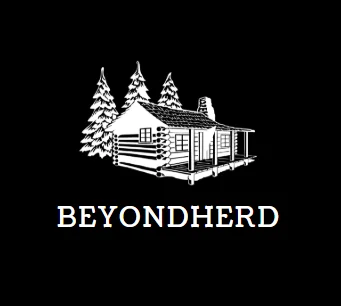In the dynamic landscape of startup ventures, where agility and adaptability are paramount, the significance of a well-crafted Human Resources (HR) toolkit cannot be overstated. This toolkit serves as the cornerstone for managing and optimizing various aspects of the workforce, providing startups with the tools they need to navigate the complexities of talent acquisition, employee engagement, and overall organizational development. In this article, we delve into the essentials of a startup HR toolkit, exploring key components and strategic considerations that empower startups to build resilient and thriving teams.
Understanding the Startup HR Toolkit:
A startup HR toolkit is a comprehensive set of resources, policies, and practices designed to address the unique needs and challenges of a growing startup workforce. It encompasses a range of HR functions, from recruitment and onboarding to performance management and employee well-being. Unlike established corporations with established HR departments, startups often require a more agile and adaptable toolkit that can evolve with the company’s growth.
Key Components of a Robust Startup HR Toolkit:
1. Recruitment and Onboarding
Streamline the recruitment process with templates for job descriptions, interview guides, and onboarding checklists. A well-organized onboarding process sets the tone for a positive employee experience from day one.
2. Employee Handbook
Develop a comprehensive employee handbook outlining company policies, expectations, and benefits. This serves as a reference guide for employees and ensures clarity on organizational norms.
3. Performance Management
Implement tools for goal-setting, performance reviews, and feedback mechanisms. Performance management tools aid in tracking individual and team progress, fostering a culture of continuous improvement.
4. Training and Development Resources
Provide resources for ongoing employee development, including training modules, skill-building workshops, and avenues for professional growth. A commitment to employee development contributes to increased job satisfaction and retention.
5. Compensation and Benefits Guidelines
Clearly outline compensation structures, benefits packages, and reward systems. Transparent communication regarding compensation fosters trust and helps attract and retain top talent.
6. Employee Engagement Initiatives
Include resources for promoting employee engagement, such as team-building activities, recognition programs, and surveys to gauge employee satisfaction. Engaged employees are more likely to contribute to a positive and collaborative work culture.
7. Communication Tools
Facilitate effective communication within the organization through tools like internal communication platforms, newsletters, and regular updates. Open and transparent communication is vital in startups where information flow impacts decision-making.
8. Legal and Compliance Documents
Ensure compliance with labor laws and regulations by including legal documents, contracts, and compliance checklists. This mitigates risks and establishes a foundation of legal adherence.
Strategic Considerations in Building a Startup HR Toolkit:
1. Scalability
Design the HR toolkit with scalability in mind. As startups grow, the toolkit should seamlessly adapt to accommodate a larger and more diverse workforce.
2. Flexibility and Adaptability
Embrace flexibility and adaptability in the toolkit to cater to the evolving needs of the startup. Regularly assess and update policies and resources to align with organizational growth.
3. Customization for Company Culture
Tailor the toolkit to reflect the unique culture and values of the startup. This customization fosters a sense of identity and belonging among employees.
4. Feedback Mechanisms
Implement mechanisms for collecting feedback from employees regarding the effectiveness of HR initiatives. This continuous feedback loop ensures ongoing improvement in HR practices.
Transformative Impact of a Well-Equipped HR Toolkit:
1. Efficient Talent Acquisition
A streamlined recruitment process and effective onboarding contribute to efficient talent acquisition, ensuring that startups attract the right individuals for their unique needs.
2. Enhanced Employee Experience
A well-crafted HR toolkit contributes to a positive employee experience, fostering engagement, satisfaction, and a sense of purpose within the organization.
3. Compliance and Risk Mitigation
Legal and compliance resources within the toolkit mitigate risks and ensure adherence to regulations, safeguarding the startup from potential legal challenges.
4. Cohesive Company Culture
The HR toolkit, when aligned with the company’s values, helps build and reinforce a cohesive company culture that aligns with the startup’s mission and vision.
5. Adaptable Growth Strategies
A flexible and scalable HR toolkit enables startups to adapt their growth strategies seamlessly, accommodating changes in team size, structure, and objectives.
In Conclusion: Startup HR Toolkit
In conclusion, a well-equipped startup HR toolkit is not just a collection of resources; it is a strategic asset that empowers startups to nurture growth, cultivate talent, and build resilient teams. By addressing the unique challenges faced by startups, this toolkit becomes a guiding compass, steering the organization toward success in the ever-evolving business landscape. As startups navigate the intricate journey of organizational development, a robust HR toolkit emerges as a companion, ensuring that the foundation for talent management is as dynamic and agile as the startup itself.





